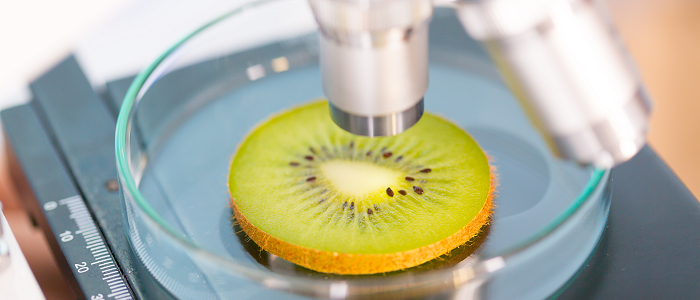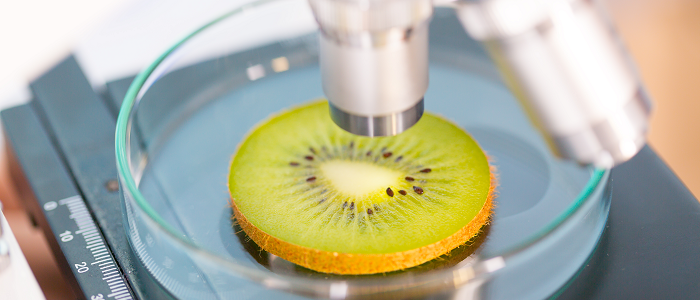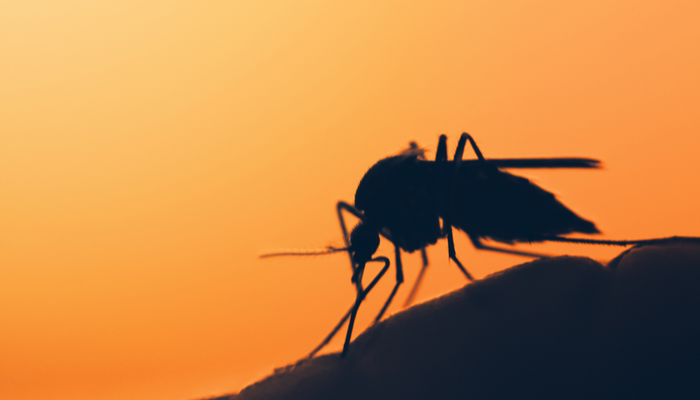 Like many of us here at BioStrata, you may have over-indulged on turkey and chocolate during the festive break. But spare a thought for the science keeping your food safe and you healthy at this delicious time of year. Thanks to brilliant collaborations and interdisciplinary research, scientists are cooking up a whole host of food protection innovations. We’ve digested the science and would like to serve you up a few portions of research that have tickled our taste buds.
Like many of us here at BioStrata, you may have over-indulged on turkey and chocolate during the festive break. But spare a thought for the science keeping your food safe and you healthy at this delicious time of year. Thanks to brilliant collaborations and interdisciplinary research, scientists are cooking up a whole host of food protection innovations. We’ve digested the science and would like to serve you up a few portions of research that have tickled our taste buds.
Probably the best portable mycotoxin biosensor in the world
Given its high alcohol content and the high temperatures required for production, you’d be forgiven for thinking that contamination by biologically derived compounds isn’t an issue in beer. But cancer-causing mycotoxins, produced by fungal contaminants in barley, can survive the brewing process and ultimately end up in your pint.
Traditional methods for detecting these toxic metabolites rely on chromatographic techniques which – although sensitive – are expensive to perform and can be labour intensive. This means samples must often be sent off-site for testing. However, a new portable biosensor developed by Dutch researchers could make testing for mycotoxins more convenient and affordable.
The biosensor works by detecting when the toxins (or their protein bound conjugates) combine with specific antibodies and become bound to receptor molecules on the chip’s surface. Using a technique known as surface plasmon resonance imaging, the change in reflectivity of light from the chip (caused by changes in the number of photon-absorbing electrons on the biochip’s gold surface) could be monitored.
Testing the device on lager and barley, the team showed that it could detect ochratoxin A at levels as low as 0.2 ng/mL and deoxynivalenol at levels of 120 ng/mL – the estimated safe limits for these mycotoxins. What’s more, the chip could be reused up to 450 times.
Speedy spectroscopy checks chocolate antioxidant levels
You might want to re-think your plan to give up chocolate this January. Canadian scientists have developed a technique for measuring cocoa polyphenol levels in chocolate that’s much faster than conventional approaches. The real time approach could be used to help manufacturers create chocolate bars rich in these antioxidants that are actually good for us!
The technique uses infrared spectroscopy to quantify polyphenol levels in minutes, rather than the hours or days needed by traditional assays that require complex sample preparation steps. The technique’s speed means that antioxidant levels can be determined during the production process, helping manufacturers identify and optimize processes (such as roasting and drying) that can boost their levels. This is good news for health conscious chocoholics, as antioxidants – commonly found in ‘superfoods’ such as blueberries, avocados and pecan nuts – can help prevent heart disease and cancer.
By passing IR radiation through the cocoa samples, the team was able to pick out characteristic signals associated with particular polyphenol functional groups. Whilst the spectroscopic technique isn’t as sensitive as other assays, such as those based on free radical scavenging, the team have already used the technique to identify which antioxidants were present in particular cocoa beans, quantifying their levels at various stages during chocolate production.
Paper sensor monitors when your Christmas turkey’s past its best
Was that meat still safe to eat when you checked the fridge after Christmas? In future, an inexpensive colour-changing paper sensor developed by UK scientists could help you easily identify when chilled foods are past their 'consume-within' date.
While a number of commercially available colour-changing food labels (known as time-temperature indicators) are already helping consumers evaluate the freshness of temperature-sensitive foods, they are relatively expensive to produce. Others must be stored at very low temperatures to prevent them from changing colour before being added to products. This new label sensor, developed by researchers at Queen’s University, Belfast, overcomes these challenges as it is made from low-cost materials that can be activated on demand, removing the need for costly refrigerated storage.
The label changes colour from blue to yellow depending on the surrounding temperature. At fridge temperature, this happens over the course of three days – the typical time for refrigerated meat to begin to spoil. The sensor comprises an ammonia-sensitive indicator layer pressed onto a second, ammonia-generating adhesive layer. When the label is ready to be activated, the adhesive layer is removed, exposing the protonated indicator layer to the atmosphere where the ammonia diffuses out. Thanks to a plasticiser, the rate at which this reaction happens can be carefully controlled to suit various timescales. And while the release of ammonia into a fridge full of food might be alarming to some, the amount released from the wafer-thin label is negligible.
It’s thought that the low cost label could be adapted to meet the time limits of other temperature-sensitive products, such as vaccines or frozen goods.
Why not make it your New Year’s resolution to keep up with the latest innovations in the life sciences?
New developments in life science continue to drive progress in a wide range of fields, from diagnostics and medical devices through to imaging and nanorobotics. To stay on top of the latest trends and innovations, subscribe to our newsletter.




